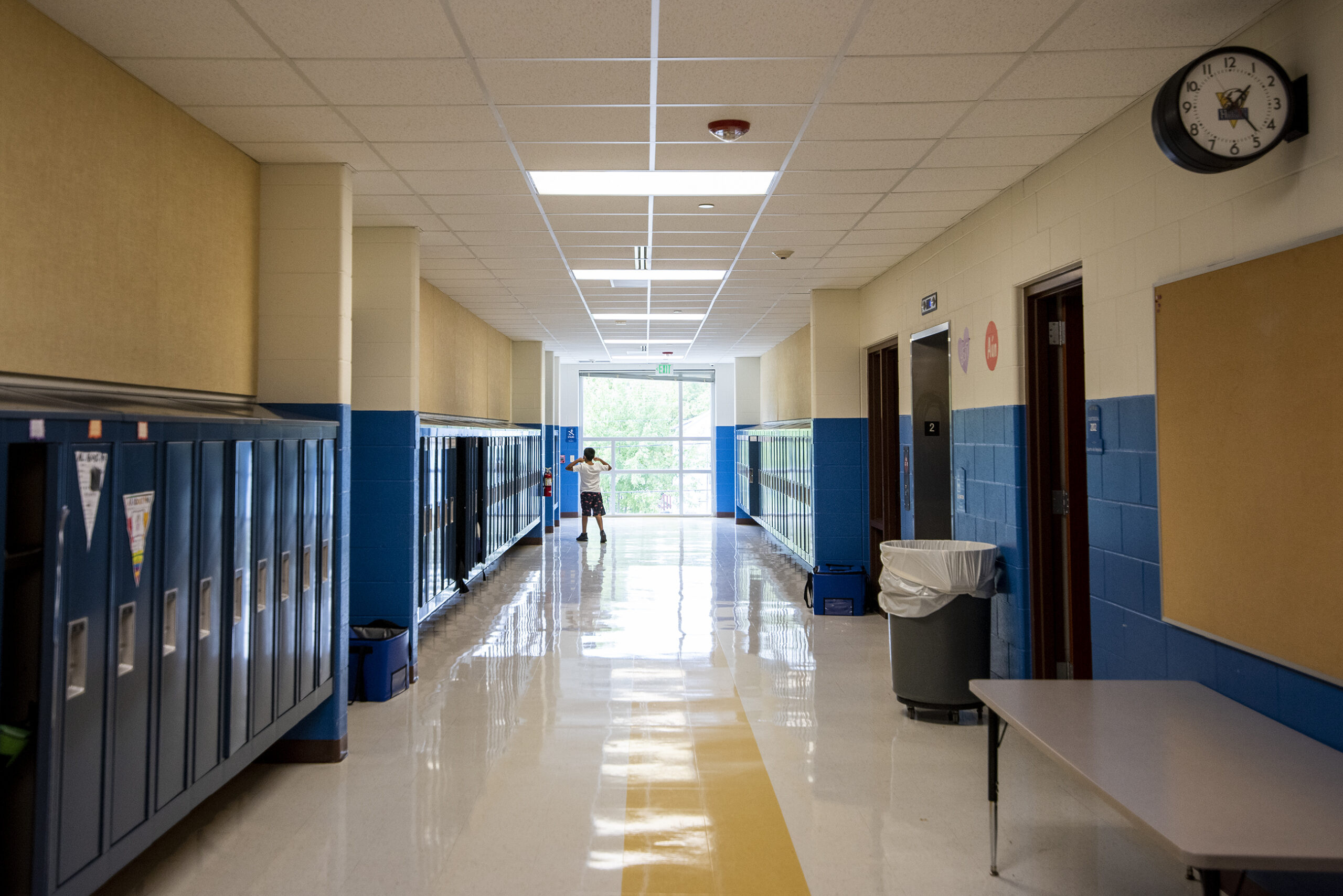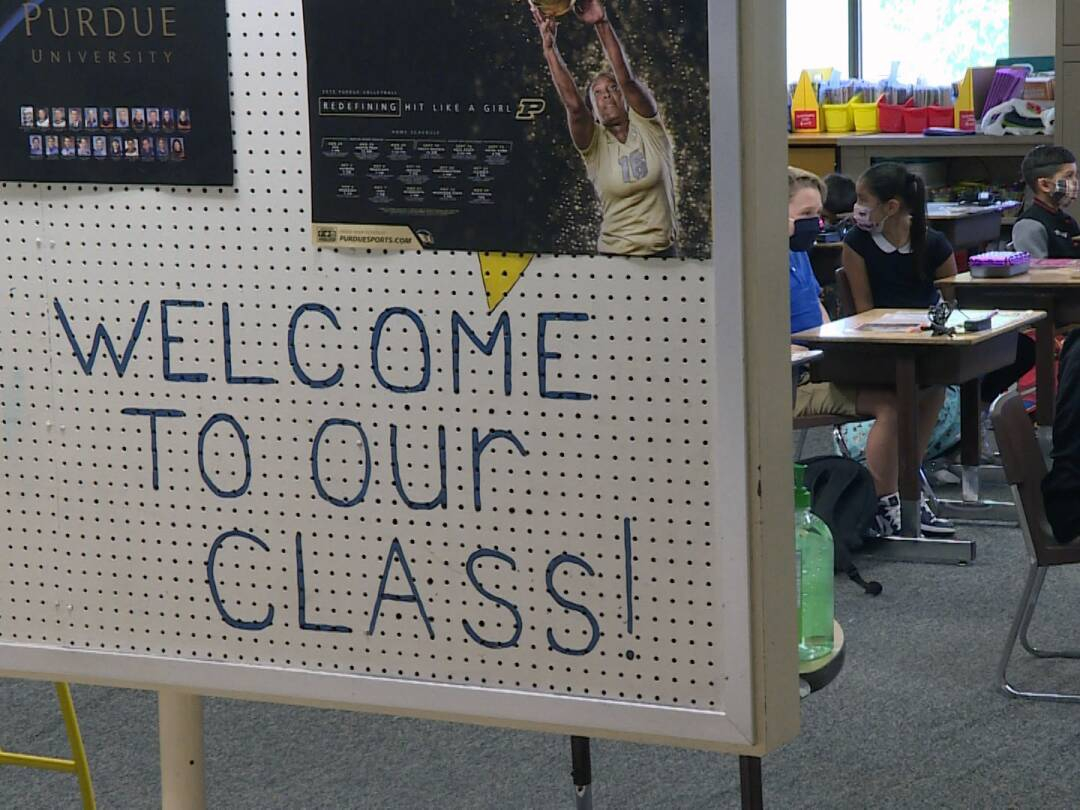Report on National Principal of the Year Award and Alignment with Sustainable Development Goals
Introduction and Recognition
Tony Cattani, a veteran educator and principal of Lenape High School in Medford, New Jersey, has been named the National Principal of the Year. The honor was conferred by the National Association of Secondary School Principals (NASSP) at its annual conference. This recognition highlights Mr. Cattani’s significant contributions to educational leadership, which directly align with several United Nations Sustainable Development Goals (SDGs).
Contribution to SDG 4: Quality Education
Mr. Cattani’s career exemplifies a profound commitment to SDG 4: Quality Education, which aims to ensure inclusive and equitable quality education and promote lifelong learning opportunities for all. His 18-year tenure as principal of Lenape High School, an institution with 1,900 students and 220 staff members, has been marked by initiatives that strengthen educational outcomes.
- Innovative Leadership: As noted by NASSP CEO Ronn Nozoe, Mr. Cattani has developed innovative approaches to address systemic educational challenges, including student absenteeism and teacher collaboration, thereby enhancing the quality of the learning environment.
- Building Effective Institutions: His leadership has cultivated a strong, positive school culture, described as “something really special,” which is foundational to providing high-quality education.
- Advocacy and Lifelong Learning: In his new national role, Mr. Cattani will engage in speaking engagements and advocacy, promoting educational excellence on a broader platform while continuing his duties at Lenape High School.
Fostering Partnerships and Strengthening Institutions (SDG 16 & SDG 17)
Mr. Cattani’s work extends beyond his immediate school community, actively contributing to SDG 17: Partnerships for the Goals and SDG 16: Peace, Justice and Strong Institutions.
The “Proud Principals Podcast” Initiative
A key vehicle for this contribution is his “Proud Principals Podcast,” a platform that fosters collaboration and knowledge-sharing among school leaders nationwide.
- The podcast showcases school leaders who are making a positive impact, creating a network for sharing best practices in line with SDG 17.
- By interviewing principals of the year from other states, the podcast amplifies effective strategies that can be adapted by other educational institutions.
- This initiative strengthens the collective capacity of school leaders, reinforcing the educational system as a strong and effective institution as per SDG 16.
Professional Background and Continued Impact
Mr. Cattani’s career reflects a consistent dedication to the educational sector and student development. His professional journey and commitments underscore a holistic approach to education that aligns with the SDGs.
- Career Progression: He began his career in the Lenape Regional High School District in 1999 as a teacher, progressing to assistant principal and then principal in 2007.
- Commitment to Student Development: His role as an executive committee member of the New Jersey State Interscholastic Athletic Association demonstrates a commitment to the physical well-being and holistic development of students, a key component of a comprehensive, quality education (SDG 4).
- Educational Foundation: Mr. Cattani is a graduate of Rowan University.
SDGs Addressed in the Article
SDG 4: Quality Education
- The article is centered on the field of education, specifically recognizing excellence in leadership at the secondary school level. It discusses the role of a principal in creating a positive school environment, fostering teacher collaboration, and implementing strategies for “meaningful change for their students,” all of which are core components of ensuring quality education.
SDG 16: Peace, Justice and Strong Institutions
- The article highlights the development of effective and well-led institutions at the local level. By recognizing a principal for building “something really special at Lenape” and transforming the “school community,” the article implicitly discusses the creation of strong, effective, and accountable institutions (schools) that serve their communities.
SDG 17: Partnerships for the Goals
- The article showcases collaboration and partnership within the education sector. The National Association of Secondary School Principals (NASSP), a professional organization, partners with schools to promote excellence. The principal’s podcast and the annual conference attended by “2,000 principals” are examples of knowledge-sharing platforms that build partnerships among educators to achieve common goals.
Specific Targets Identified
-
Target 4.1: By 2030, ensure that all girls and boys complete free, equitable and quality primary and secondary education leading to relevant and effective learning outcomes.
- The article’s focus on a high school principal and his work directly relates to secondary education. The mention of addressing “chronic challenges in education — from absenteeism” points to efforts to ensure students complete their education. The goal of creating “meaningful change for their students” aligns with achieving relevant and effective learning outcomes.
-
Target 4.c: By 2030, substantially increase the supply of qualified teachers, including through international cooperation for teacher training in developing countries…
- While the context is the U.S., the principle of ensuring quality educators is central. The article mentions the principal’s innovative approaches to “teacher collaboration” and his leadership of “220 staff members.” His podcast, which features interviews with other school leaders, serves as a form of professional development and knowledge sharing, contributing to the overall quality and effectiveness of educators and school leaders.
-
Target 16.6: Develop effective, accountable and transparent institutions at all levels.
- A school is a crucial local institution. The article describes how “visionary leadership can transform school communities.” The recognition of Principal Cattani with the “National Principal of the Year” award for building “something really special at Lenape” over his 18-year tenure is a testament to the development of an effective and accountable institution.
-
Target 17.17: Encourage and promote effective public, public-private and civil society partnerships…
- The article describes the work of the National Association of Secondary School Principals, a civil society organization, in promoting educational leadership. The principal’s podcast, which “focuses on school leaders making a difference,” and the annual conference are platforms that encourage partnerships and collaboration among public school leaders to share “effective strategies.”
Indicators Mentioned or Implied
-
Student Absenteeism Rate
- The article explicitly states that the recognized principals have created “innovative approaches that directly address chronic challenges in education — from absenteeism.” This implies that the rate of student absenteeism is a key metric used to measure the success of these approaches and progress towards quality education.
-
Level of Teacher Collaboration
- “Teacher collaboration” is cited as another area where the principal has implemented innovative approaches. This suggests that the frequency, quality, or number of collaborative initiatives among the “220 staff members” is an indicator of a well-functioning and effective school environment.
-
Participation in Professional Development and Knowledge-Sharing Platforms
- The principal’s podcast, with “Thirty episodes” broadcast and more guests being lined up, serves as a knowledge-sharing platform. The number of episodes, its listenership (implied by its focus on a national audience of principals), and the principal’s own advocacy and “speaking engagements” can be seen as indicators of professional development and partnership activities.
-
Number of Participants in Professional Conferences
- The article mentions that the annual conference organized by the NASSP was “attended by 2,000 principals.” This number serves as a direct indicator of the scale of partnership and collaboration within the educational community, aimed at sharing best practices and driving improvement.
Summary of Findings
| SDGs | Targets | Indicators |
|---|---|---|
| SDG 4: Quality Education | Target 4.1: Ensure all boys and girls complete equitable and quality secondary education.
Target 4.c: Substantially increase the supply of qualified teachers and educators. |
– Student absenteeism rates (mentioned as a “chronic challenge” being addressed). – Level of teacher collaboration (mentioned as an area of “innovative approaches”). |
| SDG 16: Peace, Justice and Strong Institutions | Target 16.6: Develop effective, accountable and transparent institutions at all levels. | – Recognition through national awards (“National Principal of the Year”) as a measure of institutional effectiveness. – Longevity and stability of leadership (principal’s 18-year tenure). |
| SDG 17: Partnerships for the Goals | Target 17.17: Encourage and promote effective public, public-private and civil society partnerships. | – Number of participants in professional conferences (“attended by 2,000 principals”). – Reach of knowledge-sharing platforms (podcast with “Thirty episodes broadcast”). |
Source: nj.com







